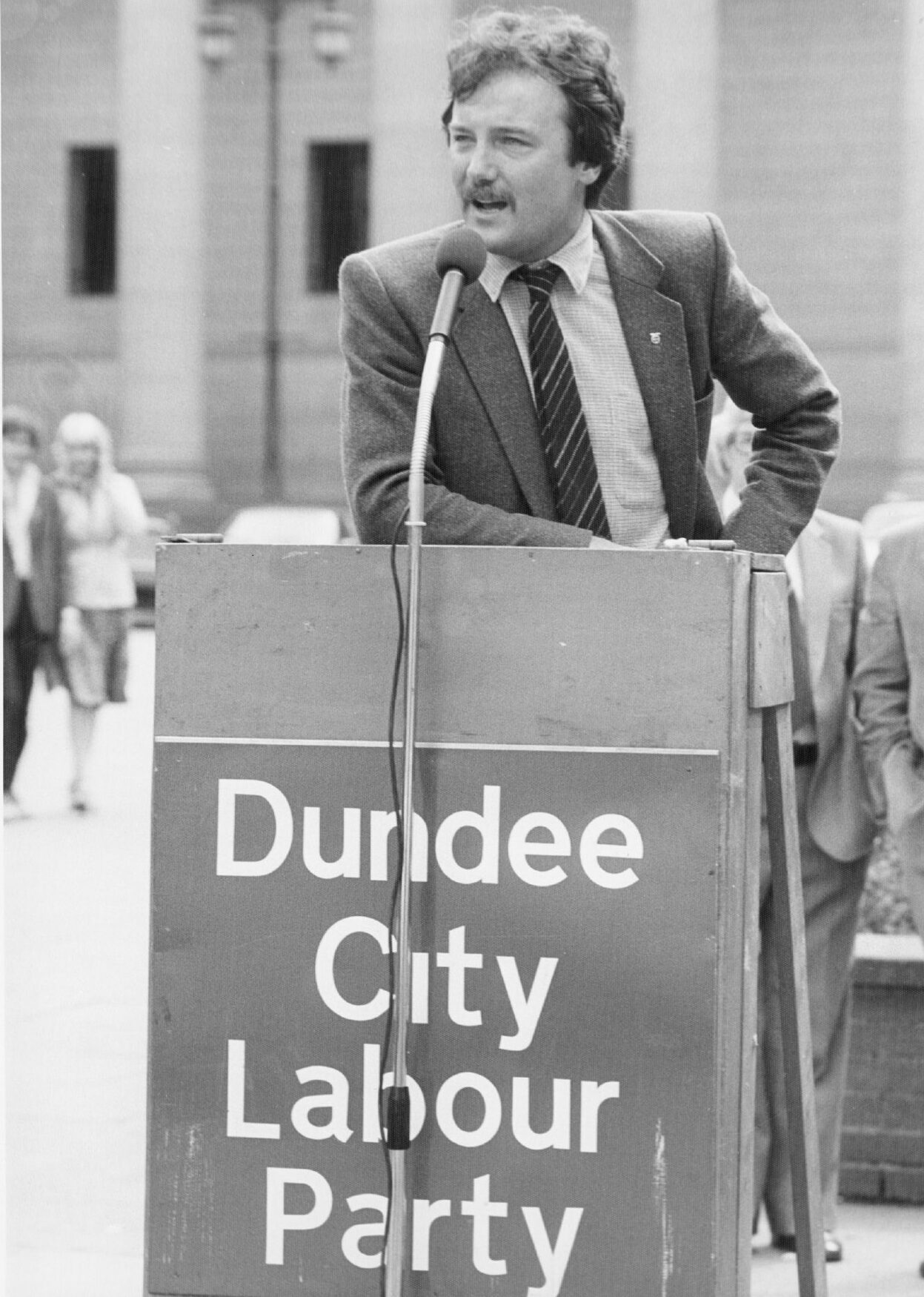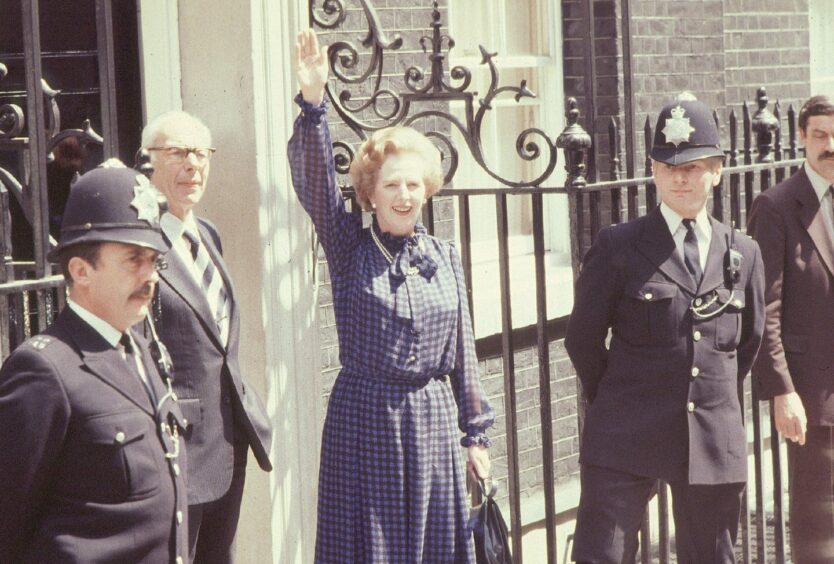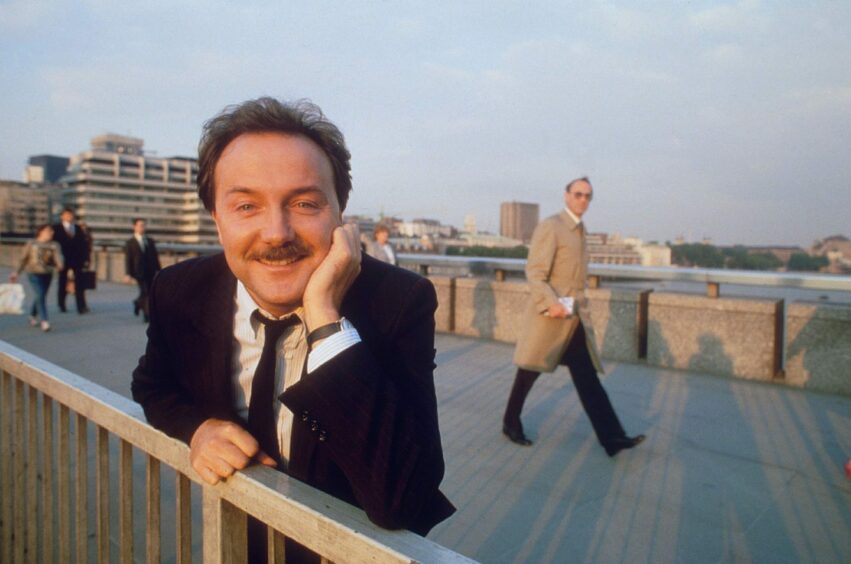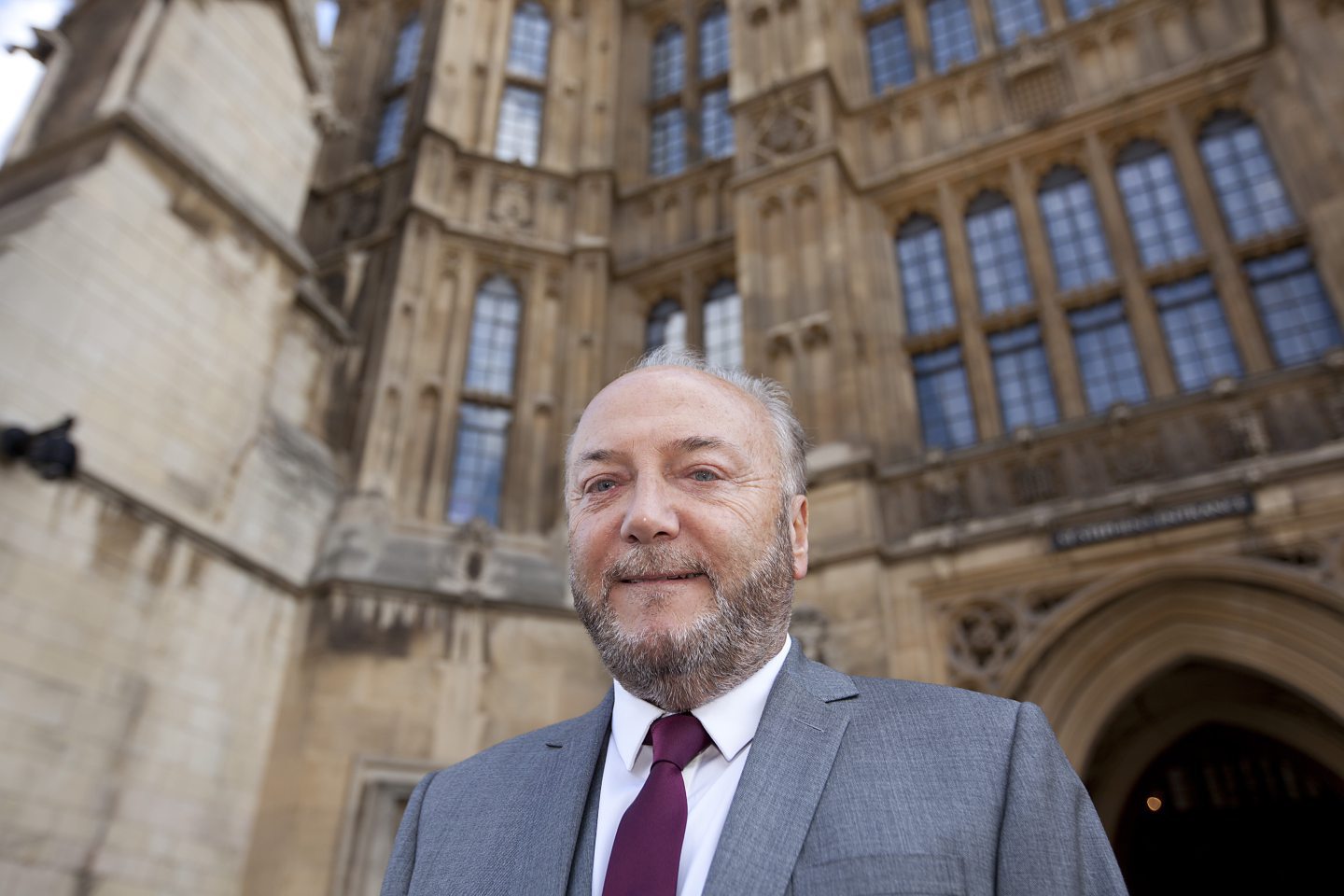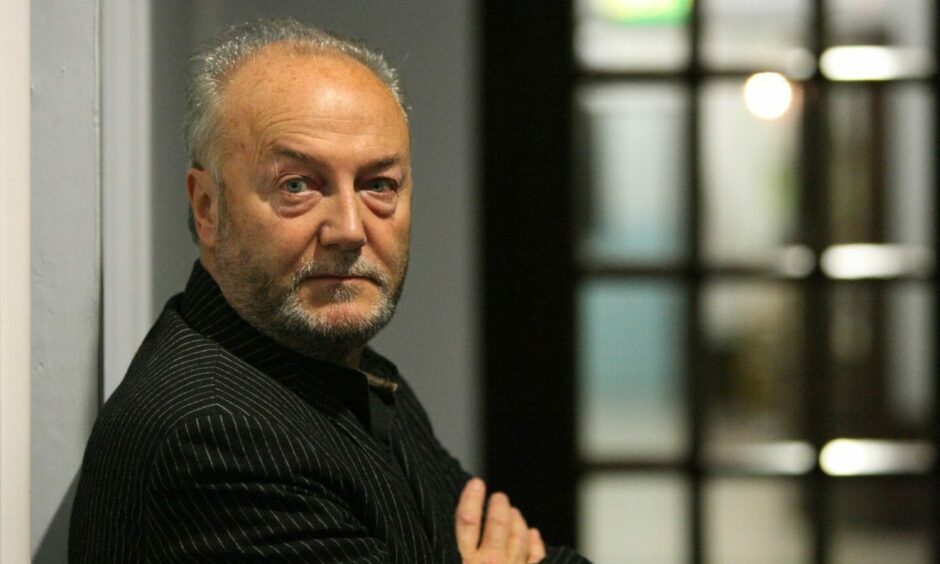
George Galloway has spoken to us about the “tumultuous times” during which he says the “surveillance state” was tapping the phones of Dundee’s political leaders.
The Dundee-born former MP claims “somebody was listening in” on phones used by Dundee District Council political groups in 1983.
Our archives show allegations of phone tapping were roundly dismissed at the time by the assistant chief constable of Tayside Police.
But the veteran politician believes otherwise.
He said: “It was a rare cross-party accusation and almost certainly true.
“These were tumultuous times.
“It may or may not have been the police but somebody was listening in on the political leadership – of both parties!
“The surveillance state has grown and grown since.
“Not just walls have ears!”
The cross-party phone hacking allegations of “ominous clicks, wrong numbers, dead lines and strange noises” made front-page headlines back in June 1983.
Was this 1983 or 1984?
The Evening Telegraph reported: “The shock claims of possible telephone ‘tapping’ were made by Mr George Galloway, secretary/organiser of Dundee Labour Party, and Mr Jack Watson, leader of the Progressive-Conservative administration of Dundee District Council.
“They indicate that the ‘bugging’ could have been going on for as long as a year.
“Both political groups, independent of each other, have had unofficial checks made through senior telecommunications staff at Dundee.
“Mr Galloway and others in his group have carried out checks on the Labour Party office telephone and are convinced that ‘tapping’ is taking place.”
Was Big Brother listening?
Galloway told the newspaper back in June 1983: “We know of a system whereby you can dial a series of numbers which will show if your phone has been interfered with.
“Repeated checks have been made by us and on many occasions all the indications are that this is precisely what is happening.
“At other times the tests have proved negative but this only indicates that any tapping would be intermittent, which is the way it would be done.
“Now we will not discuss sensitive matters on the office telephone.
“When this is absolutely necessary we found ourselves lapsing into cryptic messages to each other.
“Altogether the trouble has been there for at least a year.
“There are ominous clicks, wrong numbers, dead lines and strange noises — all pointing to bugging.”
A thorn in the side of the establishment
Galloway said at the time that he was aware of the activities of the Special Branch in Dundee and “would not rule out that the tapping was being done at an official level”.
“In this kind of situation anything is possible,” he said.
So did the walls really have ears?
The assistant chief constable of Tayside Police rejected any suggestion that his officers were involved in the alleged ‘tapping’ of phones used by the Dundee political groups.
William Melville told the Evening Telegraph: “Phone tapping is only approved by the Secretary of State and no such provision has been sent through Tayside Police sources.
“It is unlikely that if it was going on from outwith our force, we would not know of it.
“I can say that the Special Branch officers in Dundee are not involved.”
Labour was in overall control of Dundee District Council following the 1980 election, with 25 seats against 15 for the Tories and two which were held by independents.
Labour in Dundee remained united under Galloway at a time of division in the party nationally which had kept Margaret Thatcher in power at the 1983 General Election.
Galloway — who was 28 at the time — was a rising star of the Dundee Labour Party in 1983 with the uncanny ability to get under the skin of the British establishment.
He was born into a most political household at 12a Atholl Street in Lochee in 1954 before the street was knocked down in a slum clearance programme.
His mother was an Irish republican activist and his father a trade union man.
Galloway eventually moved to 4 Gourdie Road in Charleston and joined the Labour Party aged 13, pretending he was 15, which was the minimum age for membership.
He became the secretary/organiser of the Dundee Labour Party from 1977 and used his position to rally support for the Palestinian cause following the 1980 local election.
Galloway piloted the twinning of Dundee with Nablus in November 1980 in the face of considerable opposition from Malcolm Rifkind, who was Secretary of State for Scotland.
Dundee, of course, was too small a venue to contain a man of Galloway’s ambition, and by the age of 26 he had become Labour’s youngest party chairman in Scotland and was well on the way to national prominence.
Galloway was the Labour Party’s original candidate for the newly-created Dunfermline East seat in 1983, but he bowed out before the election to allow a certain Gordon Brown to stand in his place.
Whatever happened to him?
Six-term Parliamentarian
This meant Galloway did not enter the Houses of Parliament until 1987.
He represented Glasgow Hillhead and Glasgow Kelvin for Labour at Westminster until 2003 when he was expelled over his stance on the Iraq war.
From 2003-2005 he sat as an independent in parliament.
In 2005 he defeated Labour MP Oona King in Bethnal Green and Bow with a majority of 823 votes for the Respect party, which emerged out of the anti-war movement.
He managed to remain firmly the public eye, making an appearance in the Big Brother house, and confronting US senators to accuse them of unjustly portraying him as having profited from Saddam Hussein’s regime.
Galloway voluntarily vacated the seat, having promised to serve just one-term.
Was someone listening in again during his time in office?
In 2010 he launched a legal action against the News of the World claiming his voicemail was illegally intercepted between February 2005 and August 2006.
In 2012 the cigar-chomping teetotaller returned to Westminster when he defeated Labour again in the Bradford West by-election with a 10,140-strong majority.
He lost his seat in 2015 and founded the Workers Party of Britain in 2019.
Like 1983, these are tumultuous times for politics.
Will Galloway throw his much-loved fedora in the ring for a seventh term in 2025?
Keep your eyes (and ears) peeled.
